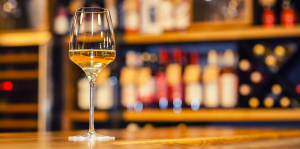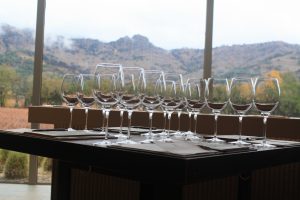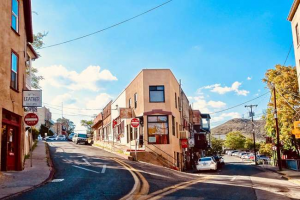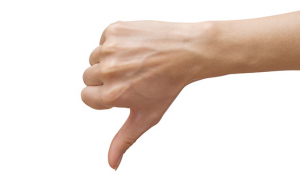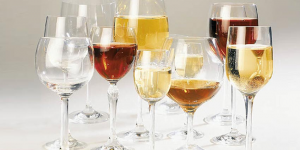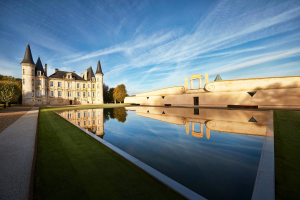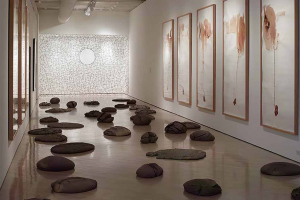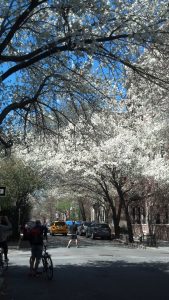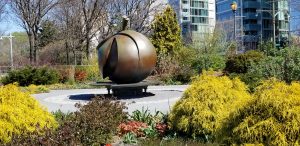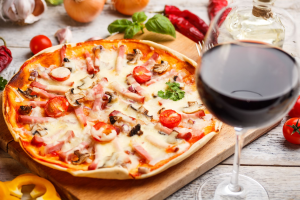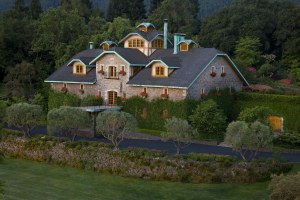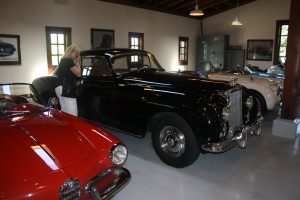We know many Americans who are dedicated wine lovers and who enjoy going wine tasting. They love French wines but can’t pronounce them properly. Here’s a little guide by Power Tasting to help American wine tasters through the thickets of pronouncing French wines.
- For some reason, we Americans find the red wines of France easier to pronounce. We have no problems with Pinot Noir, Cabernet, Merlot and Malbec. If there’s one that needs a little help, it’s Petit Verdot, the blending grape of Bordeaux. It’s pronounced peh-TEE VAIR-doe.
- Sauvignon Blanc – The legend, perhaps apocryphal, is that Robert Mondavi decided not to call his Sauvignon Blanc by its proper name because he thought Americans couldn’t pronounce Sauvignon. He called it Fumé Blanc instead. The irony is that we all do very well with Sauvignon but get the Blanc part wrong. Most Americans say “blonk”. The right way is “blah” with your voice going down at the end. The “c” doesn’t get mentioned at all.
- Chardonnay – We’ve got that one right.
Photo courtesy of the Wine Scholar Guild.
- Sémillon – This is the primary white grape of Bordeaux and as such deserves respect. Saying “seh-MILL-un” is not right. It’s pronounced “say-MEE-yon” and it’s even sweeter when it’s made into Sauternes, which, by the way, is pronounced “SO-turn”. Do not pronounce the “s” at the end.
- Champagne – This is a tough one. Americans know how to say “SHAM-pain”. But the French say “shahm-PAH-nya”. This is one case where Americans are better off with the American pronunciation.
- Loire whites – We’ll let Americans off the hook with the “r” in Vouvray, since that back-of-the-throat thing isn’t even universal among French speakers. But Sancerre is “SAHN-sair” and Muscadet is “MOS-ca-day”. And there’s Chenin Blanc. We’ve already covered the Blanc part; the first word is sheh-NAN and you never pronounce the “c” at the end of Blanc.
- Rhône whites – Marsanne and Roussanne are pieces of cake, as long as you pronounce the “a” in each of them as “ah”. Viognier is “VEE-on-yay”. We think Americans had these down anyway.
- Alsatian whites – No problem with Riesling, but Gewürztraminer needs work. For one thing, it’s a German grape, not a French one. For another, that umlaut over the “u” causes no end of trouble. Finally, there are several acceptable variations on how to pronounce it. So here goes: ge-VOORTZ-tram-un-er. Except for that pesky umlaut, which makes you try to say OO and EE at the same time. Americans, stick with OO. Now, there’s a family of German grapes called Traminer, pronounced the way you’d think it should be, TRAM-in-er. Gewürz means spicy, so Gewürztraminer means spicy Traminer. But that confuses the pronunciation for some people, who would prefer to say ge-VOORTZ-tra-MEE-ner. Both pronunciations are correct, which is why most Americans just say “ge-WURTZ” and get on with it. You really can’t blame them.
